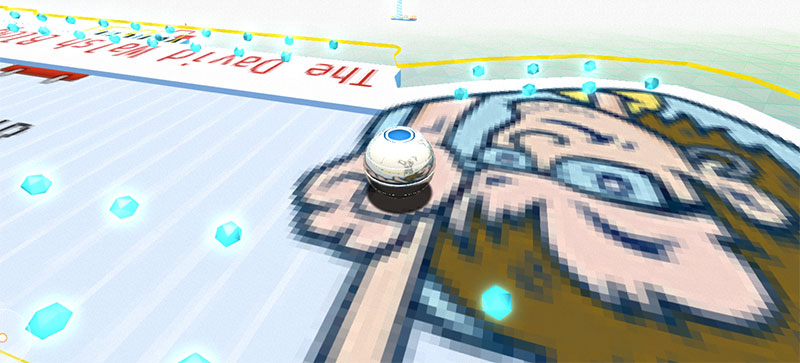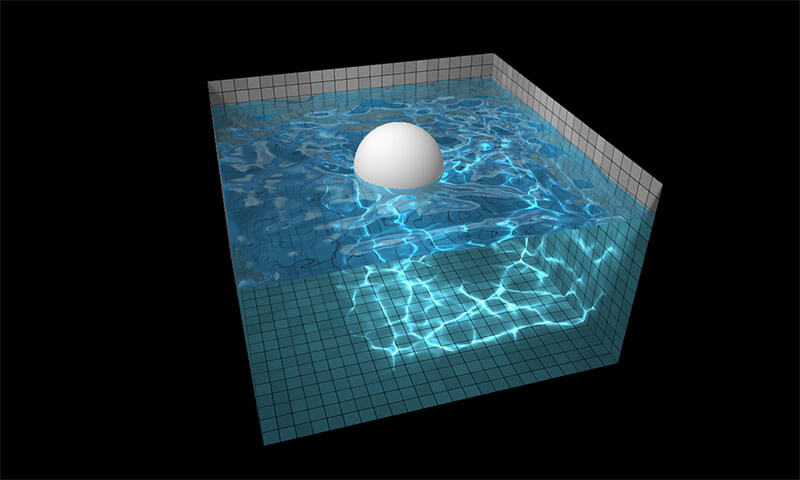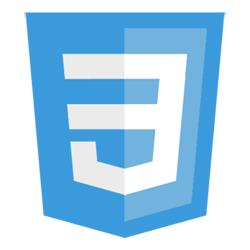Get an Absolute URL with JavaScript
Dealing with URL formats can be a real nightmare. Think of how just a few characters can effect a URL's absolute endpoint:
- starting or not starting with
/
- starting with
//
- starting with
?
- starting with
#
- ...and so on
What if you want an absolute URL though? One that starts with http or https? You can use an A element to get that absolute URL!
The JavaScript
I'm going to use a function that returns a function so that only one A element is ever created:
var getAbsoluteUrl = (function() {
var a;
return function(url) {
if(!a) a = document.createElement('a');
a.href = url;
return a.href;
};
})();
No matter how you pass in the URL string, the URL will come out absolute. Of course strings like `javascript:;` wont come out any different, but real qualified URLs will come out as absolute!
![9 Mind-Blowing WebGL Demos]()
As much as developers now loathe Flash, we're still playing a bit of catch up to natively duplicate the animation capabilities that Adobe's old technology provided us. Of course we have canvas, an awesome technology, one which I highlighted 9 mind-blowing demos. Another technology available...
![9 More Mind-Blowing WebGL Demos]()
With Firefox OS, asm.js, and the push for browser performance improvements, canvas and WebGL technologies are opening a world of possibilities. I featured 9 Mind-Blowing Canvas Demos and then took it up a level with 9 Mind-Blowing WebGL Demos, but I want to outdo...
![AJAX Page Loads Using MooTools Fx.Explode]()
Note: All credit for Fx.Explode goes to Jan Kassens.
One of the awesome pieces of code in MooTools Core Developer Jan Kassens' sandbox is his Fx.Explode functionality. When you click on any of the designated Fx.Explode elements, the elements "explode" off of the...
![CSS @supports]()
Feature detection via JavaScript is a client side best practice and for all the right reasons, but unfortunately that same functionality hasn't been available within CSS. What we end up doing is repeating the same properties multiple times with each browser prefix. Yuck. Another thing we...





You can actually even remove the condition, changing the code to
var getAbsoluteUrl = (function() { var a = document.createElement('a'); return function(url) { a.href = url; return a.href; }; })();True but you’re creating the element even if
getAbsoluteUrlis never called.How about
var getAbsoluteUrl = (function() { var a = null; return function(url) { a = a || document.createElement('a'); a.href = url; return a.href; }; })();David,
As you pointed out you create the object whether or not its called, so why not do it this way then:
var getAbsoluteUrl = function(url) { var a = document.createElement('a'); getAbsoluteUrl = function(url) { a.href=url; return a.href; } return getAbsoluteUrl(url); }The benefit of this approach is that you don’t execute anything unless
getAbsoluteUrlis called. Its not a huge improvement, unless you use Immediately Invoked Function Expressions a LOT within your code to create closures.I’m confused as to why the second function? Couldn’t it be removed to be:
var getAbsoluteUrl = function(url) { var a = document.createElement('a'); a.href=url; return a.href; }Sean,
The second function lets you create the anchor once and reuse it. This saves time and memory.
Thanks Adam, that makes sense :)
Uhhh…
You could also use the
URL()object.https://developer.mozilla.org/en-US/docs/Web/API/URL
Uhhh…. “This is an experimental technology”
How? Could you post an example? From what I see, the
URL()constructor cannot autofill the hostname part based on the current page.https://developer.mozilla.org/en-US/docs/Web/API/URL/URL
Hi David. Great idea for a post! To make it better don’t forget that every piece of advice needs a context — so tell the reader where to paste that code — is it in their address bar, do they need to tweet it, or do they need domain specific pre-requisite knowledge to get this to work?
I’m on a “dumb it down please” mission today :)
So is
flexbox, technically. AndSelection, andXMLDocumentandHTMLPictureElement.It’s there. It’s stable and it’s cross browser (IE 10). It also lets you resolve absolute URLs with different domains than the existing page.
Patrick, you’re wrong about IE 10 support. That refers to
URL.createObjectURL(), not the URL constructor that implements the URLUtils interface. This method works all the way back beyond IE 6, and I’ve been using it for years to parse and resolve URLs. It’s a handy little technique that avoids complex regular expressions, give credit where it’s due!Well, even better then. Nice to know.
Do you have a source for that statement? I just tested Patrick’s example in IE 6 and IE 8 and they crashed with “‘URL’ is undefined”.
Yeah or…
(function(a){ String.implement('toURL', function(){ a.href = this; return this; }); })(document.createElement('a'));You should warn that you’re using MooTools, @Olmo.
I was being playful with David :P, but if you’d like:
(function(a){ String.prototype.toURL = function(){ a.href = this; return this; }; })(document.createElement('a'));Extending the prototype… a big no-no
MooTools? In 2015??? Well I never…
Why is bad idea to extend the prototype?
This is super easy! worth trying.
Cant this work?
No. You are missing out the host and port.
Will this Work?
Or the Simplest way:
Source: http://mycodingtricks.com/snippets/javascript/get-url-and-url-parts-in-javascript/
None of these suggestions worked. I’m still getting the error 404 – file not found when referencing localhost:4200.